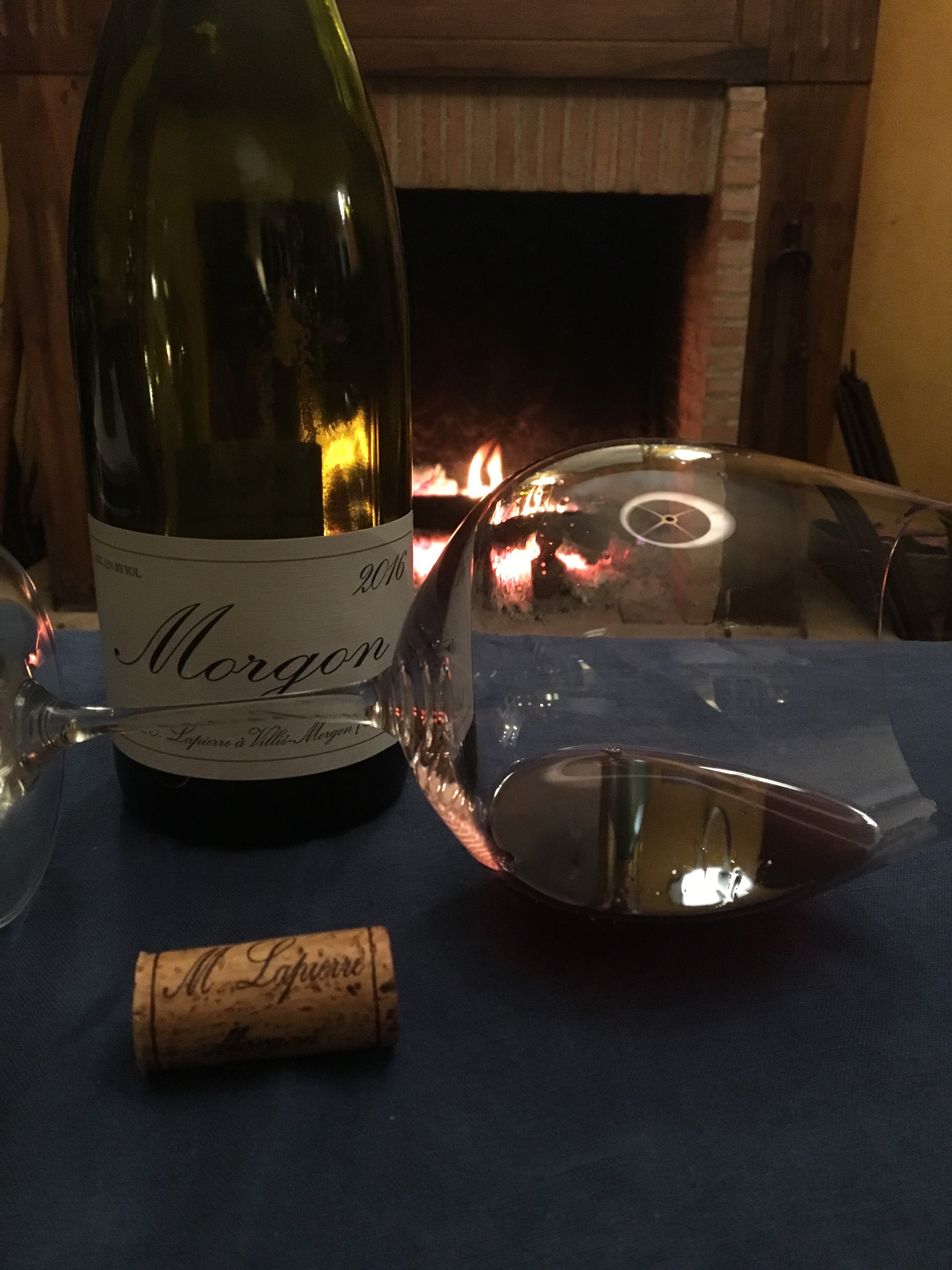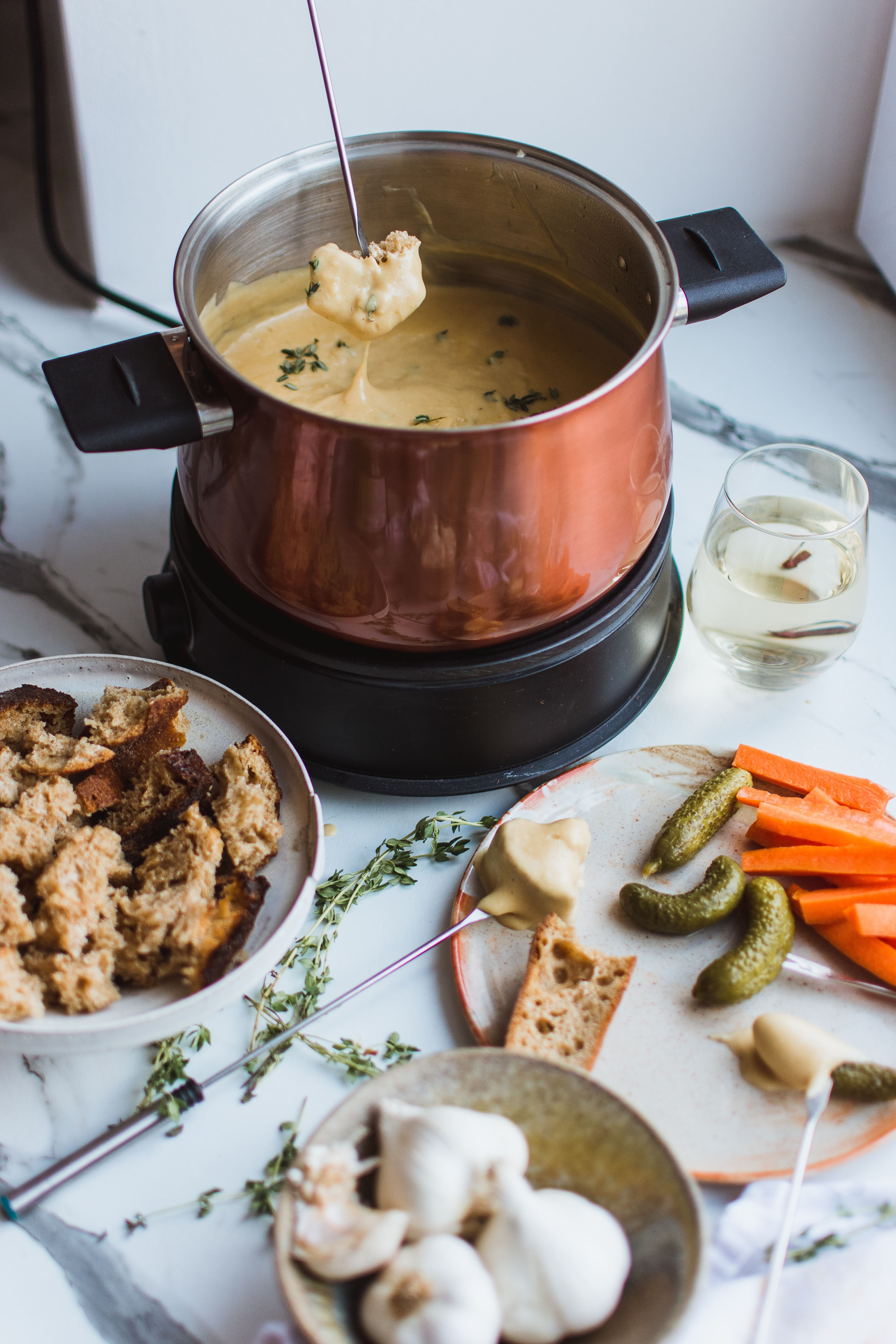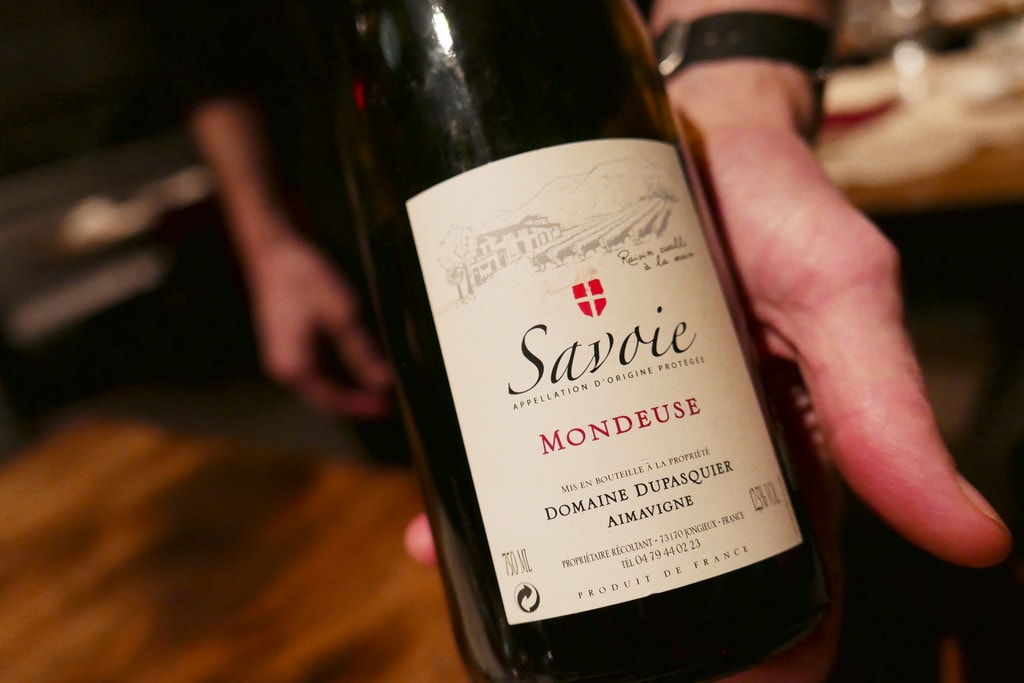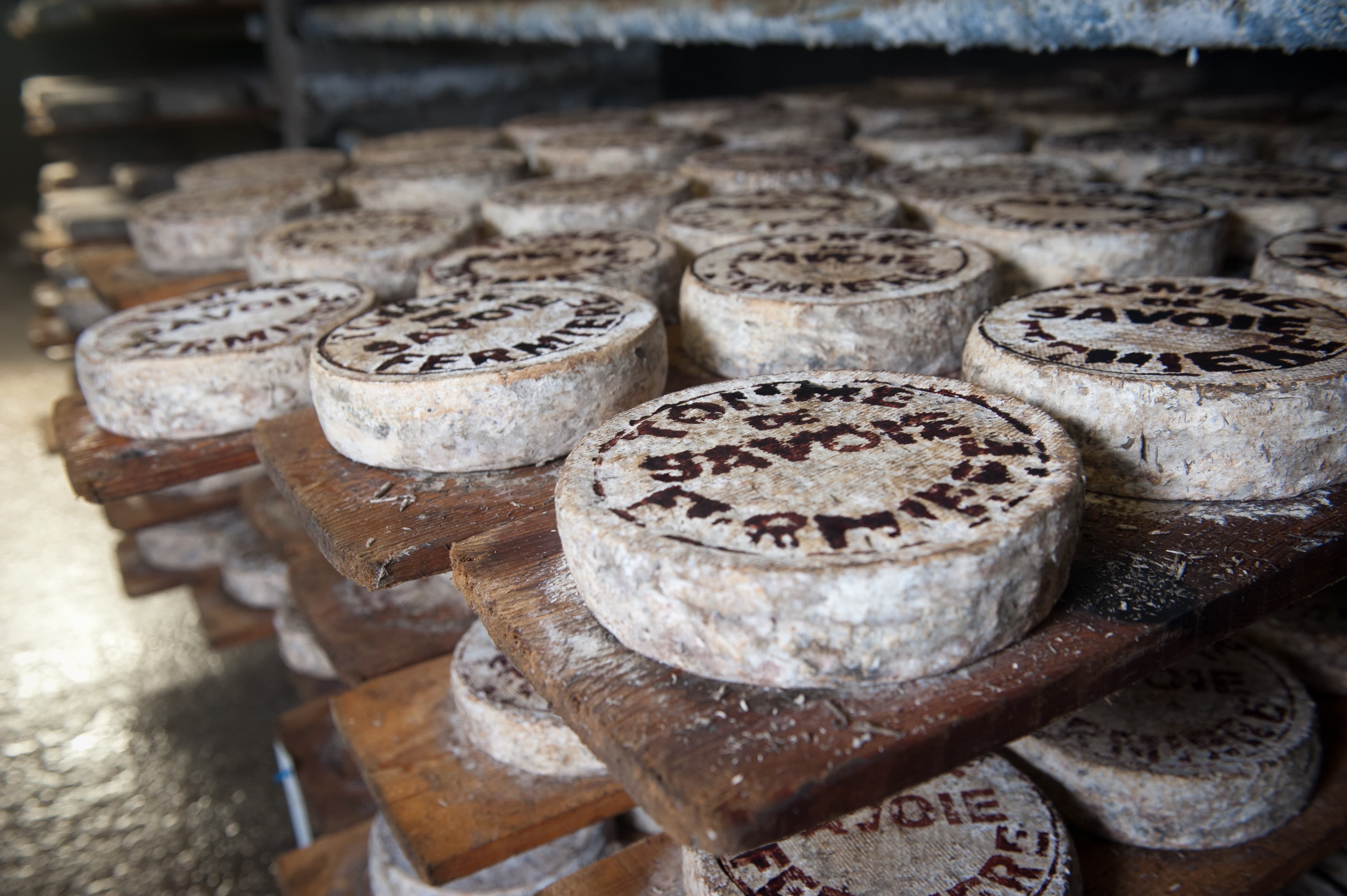In the midst of this chilly season of snowfall and winter sports, we’ve decided to concentrate on a region which offers many comforting and heart warming foods: Savoy. This region has welcomed many first generation ski stations (such as Val d’Isere) and was then caught up in the wild growth of “white tourism” (linked to snow sports). Its culinary culture is rich and wide, attracting skiers and holidaymakers everywhere. In fact, skiing is often associated to cosy and warm evenings spent in the chalet, watching the snow fall outside while thinking about the delicious fondue planned for diner…
But Savoy has many delicious tricks up her sleeve to welcome you to the mountains. Read on to learn all about the typical dishes from the region, but also about the local products to try, wine and cheese in particular.
I – Classic for a cold winter evening
Tartiflette, one of the most comforting of winter dishes, calls for Reblochon cheese melted over a « gratin » of potatoes, lardoons and onions. White wine is sometimes added as well. Although tartiflette is a well known and popular mountain dish, the term was only coined recently from the word tartiflal, meaning potato in the Savoy dialect. An interesting alternative you may have heard of, the morbiflette, is worth a try. You must simply replace the Reblochon with Morbier, that delicious and distinctive semi-soft cheese with a characteristic black line running across the middle. Another variation you may find in Savoie is called the croziflette. Here the potatoes are replaced with little square « crozons ». They are made from wheat, quite like a type of pasta, and produced in Chambery.
Tartiflette could be served with a variety of Côtes-du-Rhône wines, such as a Châteauneuf du pape or a white Crozes-Hermitage. (more on this in our article on wines from this region) If you’d rather stick to local produce, why not have a little bit of Roussette with your tartiflette?
Another meal which will draw friends and family to the table in an instant is the famous raclette. This easy to make dish isn’t from Savoy but from the Valais, in Switzerland, but it can just as successfully be made with cheese from Savoie. This cheese is simply heated, melted and scraped onto your plate where a pile of potatoes and cold cuts await. A true raclette is quite impressive, since it uses a huge half block of cheese which becomes less and less intimidating as the meal goes. Thankfully the more common little raclette machines which are placed in the centre of the table and used for melting small pieces of cheese will deliver a delicious dish as well.

You can choose to rave a raclette with or without any meat. Without meat, you could serve it with a dry white wine, but not excessively so or it won’t go too well with the oily mouth feel of the cheese. White Cotes du Rhone like Roussane would be a good match, or a Pouilly-Fuissé from Burgundy. For a raclette with meat, a good match would be red wine from the Beaujolais like the particularly smooth, fruity vintages from Morgon or Moulin-a-vent. If you would like to know more about the beautiful vineyard of the Beaujolais, have a read here)

We’ve covered raclette parties, now a few words about fondue parties. These come with a higher level of risk, since the first to fail at the art of eating a fondue traditionally recieves a dare. This dish is a true delicacy of the Savoie region, in fact its full name is really the “fondue savoyarde”. Its made by melting a selection of cheeses together (often comté, beaufort and/or gruyere) and a little white wine in a pan called a “caquelon”. This pan is placed in the middle of the table and everyone uses a long fork to dip pieces of bread into the delightful mixture. This is where you risk losing your little bit of bread in the battle and receiving a dare… When there is nearly no cheese left, you can even break and egg or two in the warm pan and finish wish a tasty variation on scrambled eggs.
Again, this kind of cheese based meal would be most enjoyable with a dry white wine such as those from Savoie Bugey. Chautagne blanc, Rousette de Savoie or Seyssel are all good options here.
The last classic ski holiday meal was also conceived in Savoy, we call it a cheese « croute », meaning crust. It’s also made with our two favourite Savoyard products: wine and cheese. Take stale bread, soak it in white wine and cover it with cheese before popping it in the oven. You can also add cold cuts or an egg, serve it with gherkins and little onions and voilà!
Finally, if you have any room left, you can try some of Savoy’s most famous desserts. The brioche de Saint-Genix, for instance, is a brioche cooked with red pralines which give it a particular flavour and a characteristic look. It was invented at the end of the nineteenth century in the little village from which it got its name, by a pastry chef called Pierre Labully. You can still find his shop in the village today. A lighter alternative to end your meal: The Savoyard cake. The recipe dates back to the fourteenth century and calls for egg whites beaten into snow and lemon, and it results in an airier and lighter cake.
II – Wine of Savoie
This regional delicacy has been produced in the city since antiquity. In fact, we know the famous gastronome Brillat-Savarin, native to the region, used to own grapevines here. Savoy now produces wine in AOC under 16 geographic appellations.
Local red wine is made from three main grape varieties: mondeuse, pinot noir and gamay. Mondeuse is a local variety which results in structured and tannic reds with aromas of red and black berries. Gamay, on the other hand, is a typical variety of Burgundy which was introduced in Savoy after the Phylloxera epidemic of the nineteenth century. Wines made from it are a little less tannic, quite light and share berry and spice aromas. Finally, Pinot noir expresses itself differently on this terroir than in other French vineyards. It covers only 40 hectares in Savoy, where it makes powerful and complex wines.

There are a few more grape varieties to play with in white wine crafting in the region. Again, several varieties come from Burgundy, like Chardonnay and Aligoté, but the most common are Jaquère, mondeuses blanche and altesse. This last one comes from Savoy and produces fragrant and floral whites. Jaquère is an even older variety originating from the region, where it was planted during the thirteenth century. It covers a much larger area of the region’s wine land, nearly 1000 hectares. This represents 55% of the wine land, against just 15% for altesse.
It is not uncommon that food and cuisine from a region are a perfect match for its wines. It’s certainly the case in Savoy where we can find a series of local wine and cheese pairings, which will also give you a few examples of great bottles from the region’s vineyard. Wine shops and cheesemongers agree on a few pairings with which you cannot go wrong.
III – Savoyard Cheese

You may also discover all of the region’s agro-pastoral potential by sampling the different cheeses it produces in geographic nominations. There are 7 apart from the raclette cheese mentioned above.
First of all, there are two cheeses in the cooked pressed paste category to try, Beaufort, with its fruity and floral flavours made high up in the mountains and Emmental de Savoie, the fruitiest of all the French Emmentals. This particularly tender and fruity Emmental is the perfect match for a local wine called Roussette de Savoie, made from Altesse and known for its floral and spicy notes.
Another lovely pairing to try out is Beaufort and Chignin Bergeron. This wine is made from roussane, a variety which covers only 80 hectares of land. The smooth texture and complex flavours of Beaufort go very well with the wine’s rich but delicate fruity aromas.
Abondance is a similar type of cheese but only half cooked, meaning it is suppler and more melt-in-the-mouth. Its name comes from a breed of cows from which the milk is obtained, but it is also the name of the valley in which the cheese is made. This cheese typically has light aromas of hazelnut, pineapple or citrus fruit. You could select either a red or a white wine to have with this cheese. White wine from Chasselas Ripaille will do very well, or perhaps red wine ideally made from Gamay.
The remaining cheeses are from the non-cooked category. The Tome des Bauges, the Tomme de Savoie, the Reblochon de Savoie (used in tartiflette, typically creamy with a touch of hazelnut) and Chevrotin. This last one is hand made and uses only goats milk.

Regarding wine pairings, here’s one for those who prefer to drink red wine with their cheese: Tome des Bauges with Mondeuse. This particular wine shows woody notes and flavours of blackberry and violet, which soften the cheese’s lactic and green flavours. Make sure you remove the cheese’s crust here, since it will not interact nicely with the tannins present in red wine.
You are now fully prepared to face a harsh winter with comforting foods and wine. Whether you go to the mountains of stay in the city, nothing stops you from exploring these indulgent dishes and sharing them with friends or family. There’s a little something for everyone in Savoy, for all tastes and for even the biggest of appetites!



0 Comments